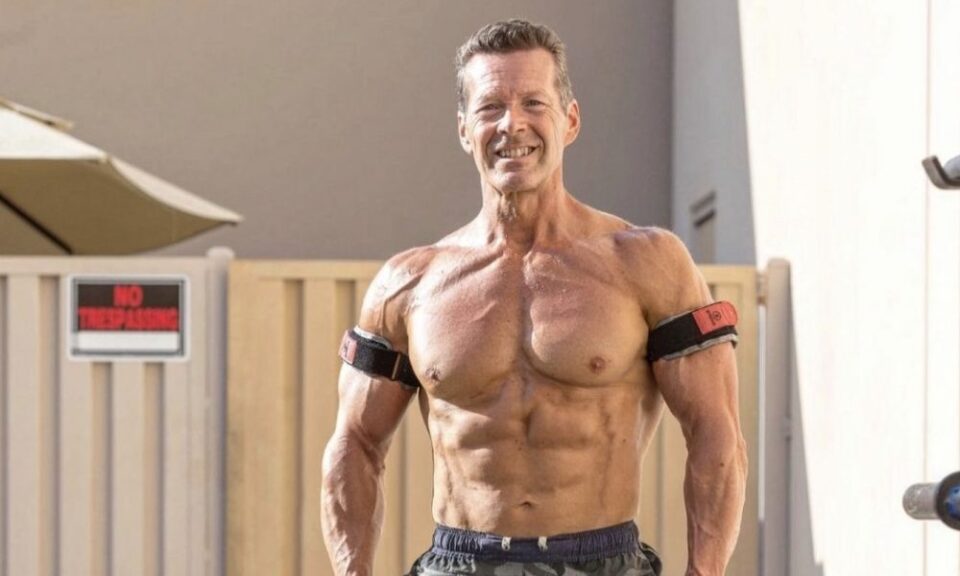Entering your thirties comes with its own set of changes, and your body is no exception. Muscle mass starts to decline, metabolism slows, and certain natural processes that once felt effortless may now demand your attention.
But there’s a powerful tool that can help you stay ahead of these changes and build a foundation for long-term health, and that is strength training. Whether you’ve been active your whole life or are just starting out, incorporating strength training into your routine after 30 truly changes everything.
Muscle Maintenance Beyond 30
By the time you hit your 30s, your body begins to lose muscle mass at a slow but steady rate in a process called sarcopenia. On average, adults lose 3-5% of their muscle mass per decade after age 30. This doesn’t just affect how you look; it can also impact your strength, energy levels, and quality of life.
Strength training, however, can counteract this decline. By incorporating resistance exercises like squats, deadlifts, or push-ups, you’re actively rebuilding and maintaining your muscle mass. More importantly, strength training supports functional fitness. This means it helps with everyday activities like lifting groceries, playing with your kids, or maintaining balance as you age.
Rev Up Your Metabolism
Another common challenge after 30 is the slowing of your metabolism. Lower activity levels, muscle loss, and hormonal changes all contribute to this shift, making it easier to gain weight and harder to lose it. Strength training is a game-changer here.
When you engage in regular strength workouts, you not only burn calories during the activity but also create what’s called the “afterburn effect.” This means your body continues to use energy to repair your muscles after exercise, boosting your calorie burn. In addition, increased muscle mass raises your resting metabolic rate (RMR), meaning you burn more calories even while at rest.
More Than Just Muscles
The benefits of strength training go far beyond physical appearance. It directly impacts your overall health and well-being. Here’s how:
Bone Health
Strength training improves bone density by stimulating your bones along with your muscles. This is especially crucial after 30, as bone density naturally starts to decline, increasing the risk of osteoporosis later in life.
Joint Protection
Building stronger muscles helps support and stabilize your joints. This can reduce the risk of injury and alleviate aches or stiffness, making it easier to stay active as you age.
Mental Health Boost
Strength training isn’t just good for your body; it’s great for your mind too. Studies show it reduces symptoms of anxiety and depression by releasing feel-good endorphins. Plus, the sense of accomplishment and confidence you gain from hitting new strength milestones is incredibly empowering.
Improved Longevity
Strength training has a direct correlation with longevity. Research shows that individuals with greater muscle mass have lower risks of chronic illnesses and an overall higher quality of life.

Getting Started with Strength Training
If you’re new to strength training, it’s important to start small and build gradually. Here’s how to get started:
- Begin with Bodyweight Exercises: Moves like squats, lunges, and planks are excellent for building foundational strength.
- Focus on Form First: Proper technique prevents injuries and ensures you’re engaging the right muscles.
- Gradually Add Weights: Start with light weights and increase resistance as you become more comfortable.
- Include Rest Days: Recovery is key to muscle repair and growth.
- Stay Consistent: Aim for 2-3 strength sessions per week to see measurable results.
Conclusion
Life after 30 offers the perfect opportunity to take control of your health, and strength training is one of your most effective tools. It maintains muscle mass, boosts metabolism, and enhances both physical and mental well-being. Whether you’re picking up weights for the first time or returning after a hiatus, it’s never too late to experience the transformational benefits of strength training.

